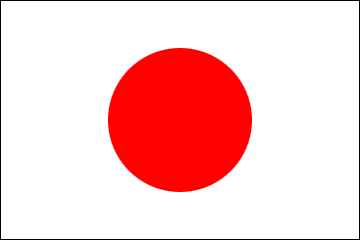Kimono Researcher - Saskia Thoelen
2025/9/2
Saskia Thoelen, currently Assistant Professor at Bunka Gakuen University, looks back at her two-time MEXT experiences.
Q&A
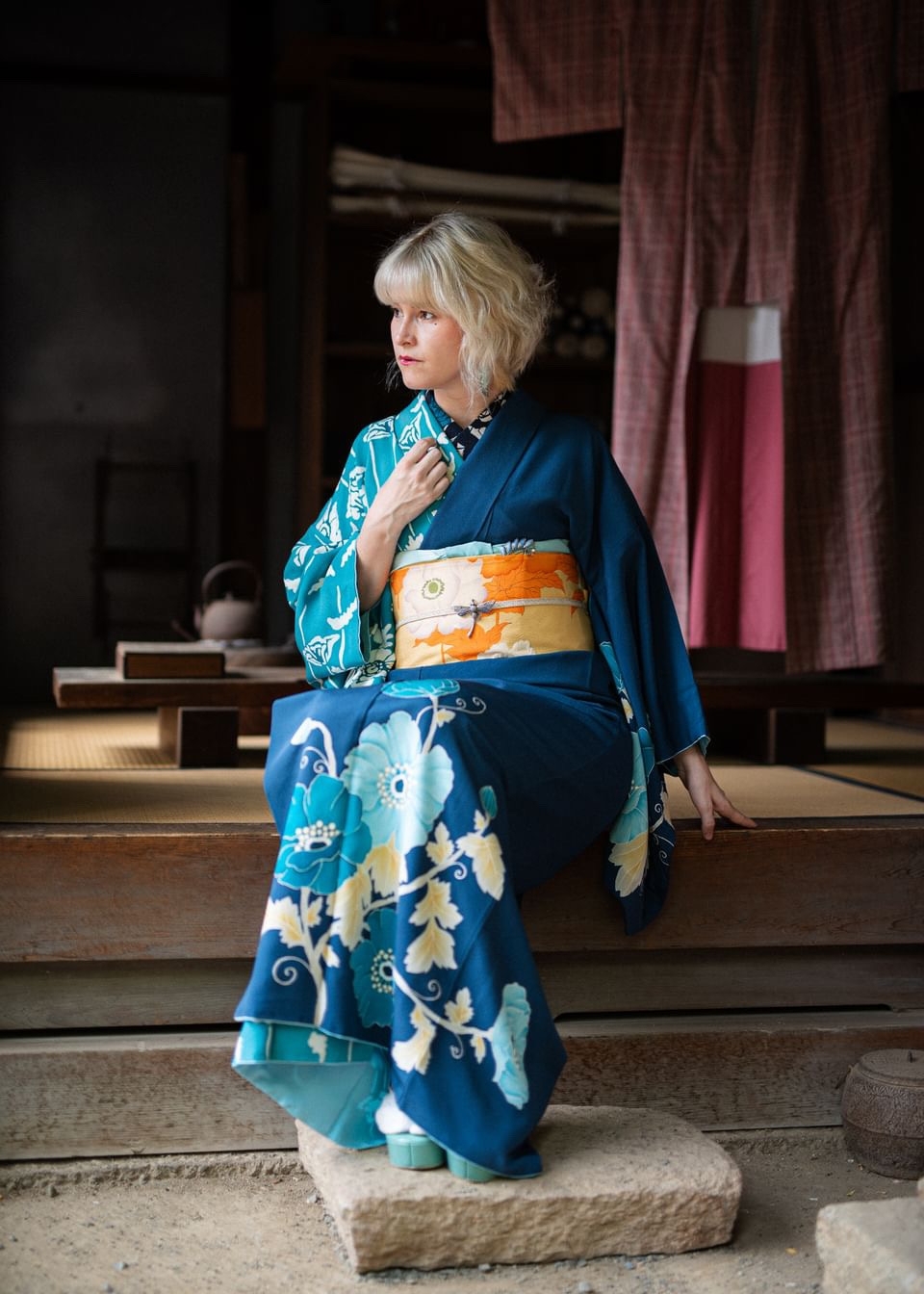
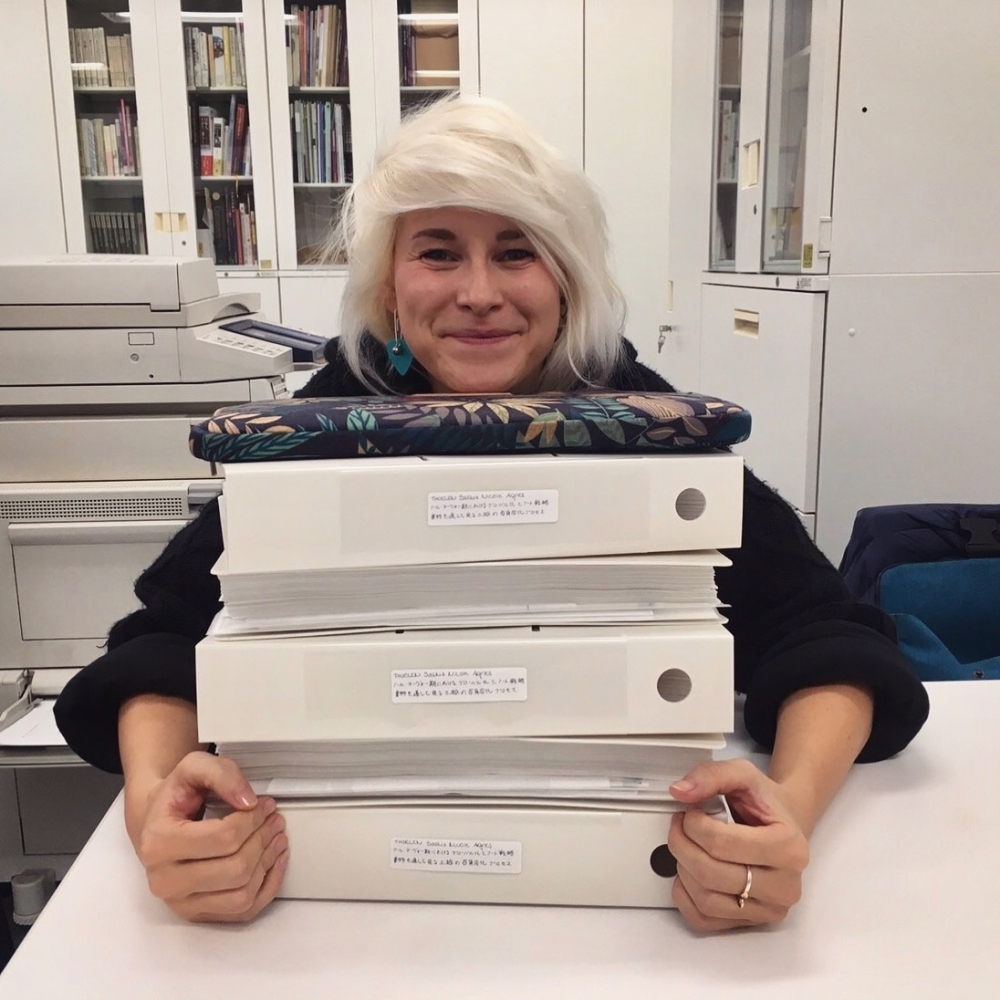
Name: Saskia Thoelen
Alma mater (university): KU Leuven
Current affiliation: Bunka Gakuen University
Where did you study in Japan ((1)university name (2) city located in):
2012-2013: Shinshu University, Matsumoto
2015-2020: Bunka Gakuen University, Tokyo
General atmosphere of the city you stayed in:
Matsumoto: small, local, warm atmosphere, surrounded by lovely people
Tokyo: Big & busy. At first overwhelming, but I gradually started to understand the charms of the city, and found out that it’s just a gathering of small villages.
Research theme:
Mitsukoshi department store’s promotion of Art Nouveau kimono
Monthly housing costs (approximate):
Matsumoto: 30.000 yen
Tokyo: 85.000 yen
Monthly living cost (approximate):
Matsumoto: 80.000 yen
Tokyo: 200.000 yen
Period of studying in Japan:
2012-2013: one year (Nihon kenkyusei)
2015-2020: 2 years + 3 years extension
Alma mater (university): KU Leuven
Current affiliation: Bunka Gakuen University
Where did you study in Japan ((1)university name (2) city located in):
2012-2013: Shinshu University, Matsumoto
2015-2020: Bunka Gakuen University, Tokyo
General atmosphere of the city you stayed in:
Matsumoto: small, local, warm atmosphere, surrounded by lovely people
Tokyo: Big & busy. At first overwhelming, but I gradually started to understand the charms of the city, and found out that it’s just a gathering of small villages.
Research theme:
Mitsukoshi department store’s promotion of Art Nouveau kimono
Monthly housing costs (approximate):
Matsumoto: 30.000 yen
Tokyo: 85.000 yen
Monthly living cost (approximate):
Matsumoto: 80.000 yen
Tokyo: 200.000 yen
Period of studying in Japan:
2012-2013: one year (Nihon kenkyusei)
2015-2020: 2 years + 3 years extension
Interview
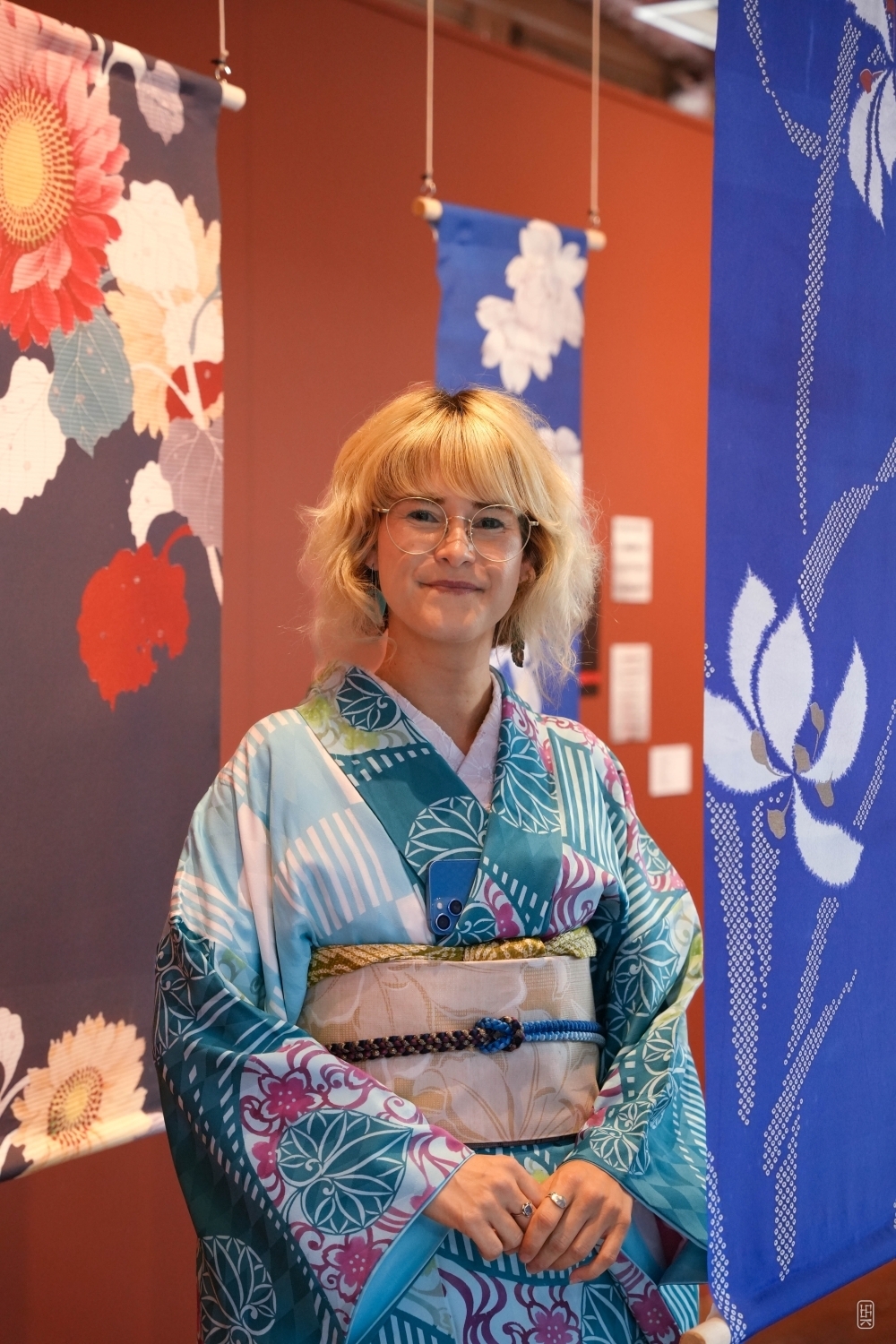
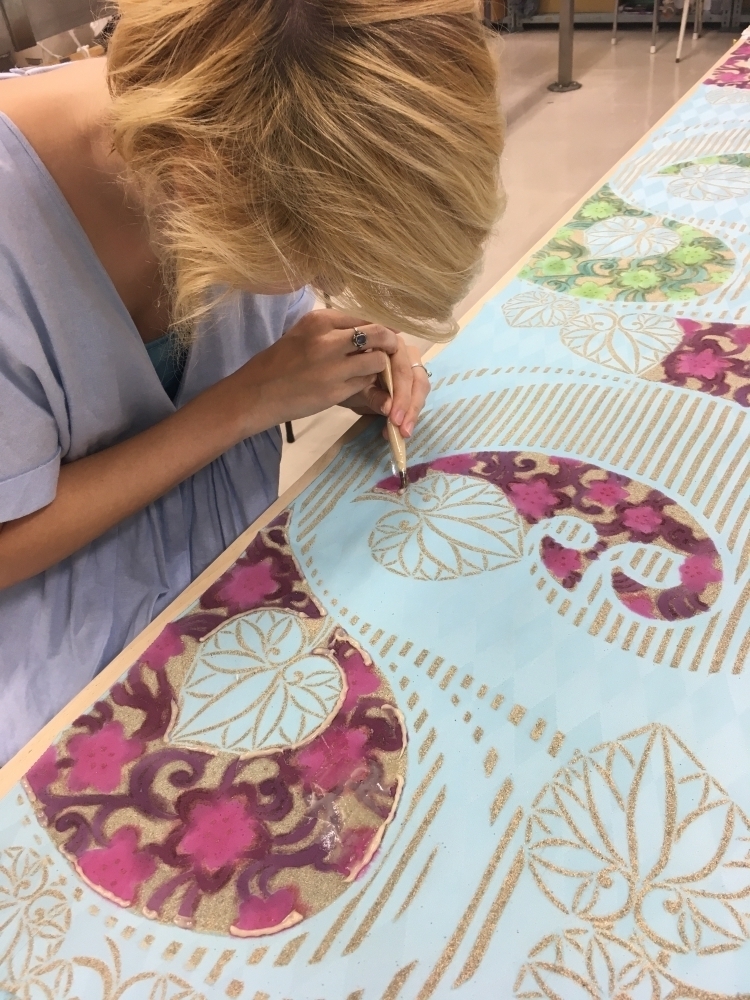
- What is your background leading up to Studying in Japan, and what is your background till now (after your study in Japan)?
After graduation, I was hired by my university as assistant professor, where I currently still work. I am affiliated with teaching at the same Masters program that I was a student at between 2015 and 2017.
- What was your experience like and how was it when choosing the school to apply in Japan?
In 2015, when I wanted to continue my studies. When I discussed this with the co-supervisor who I had asked to help supervise my thesis during my first Masters, my supervisor proposed to me to study under her at her university, which was Bunka Gakuen University. Thus, rather than choosing the school, I chose my supervisor. I learned a lot during my years at Bunka, and was lucky to be able to work close with my supervisor. It is thanks to her expertise and advise that I was able to graduate within the set time of 3 years.
- What was your experience with applying for the MEXT Scholarship, taking the examinations and passing them?
During my application in 2014, I initially failed the interview, and thought that I wasn’t going to pass the examination. However, one of the candidates resigned halfway during the process, and I was called back to continue my application. Luckily, my supervisor and Bunka Gakuen University were swift in accepting me as a new student candidate, even though there was not much time left before the deadline, and I had no problem with passing the following rounds.
In both cases, it was quite an interesting process, but overall a good experience.
- Did you study the Japanese language? If yes, how did you manage?
- How did you prepare yourself for studying abroad?
- How was your life in Japan?
- What is your current job, and where do you see yourself in your future career?
I hope to remain in academia for a while, and to continue researching kimono and its developments in history and the present. I hope to spread more knowledge about kimono through multiple media not just limited to the academic world though, and hope to reach a wider audience so that more people will get to know kimono, its fashion system and its wonderful culture.
Part-time I work for NHK world, where I am a reporter for programs such as Trails to Oishii Tokyo and Dive in Tokyo. I hope to continue doing this work too, and hope to be able to develop a program introducing kimono culture too in the future.
- Could you leave a message for those who are aiming to study in Japan or interested in applying for the MEXT Scholarship?
